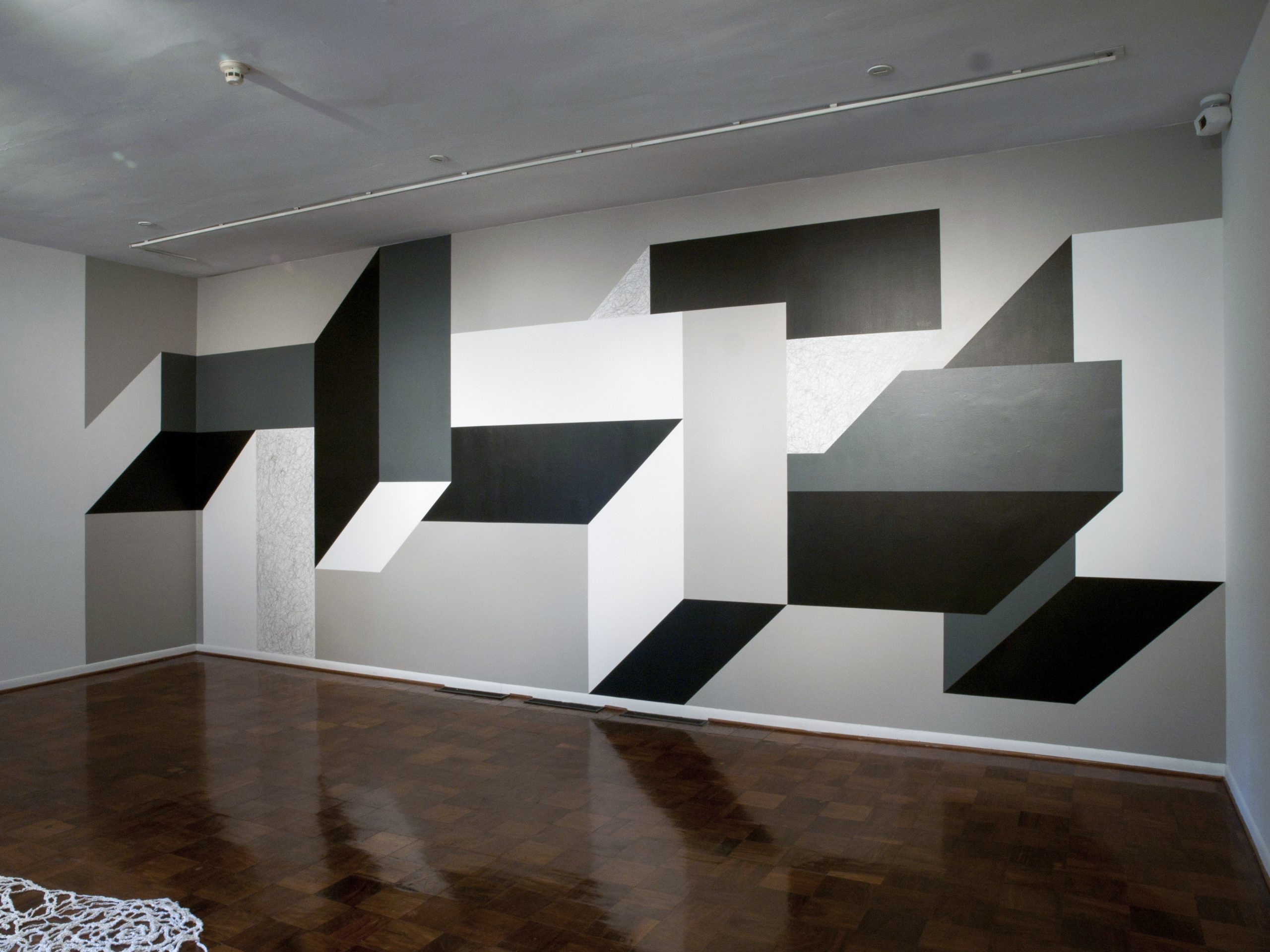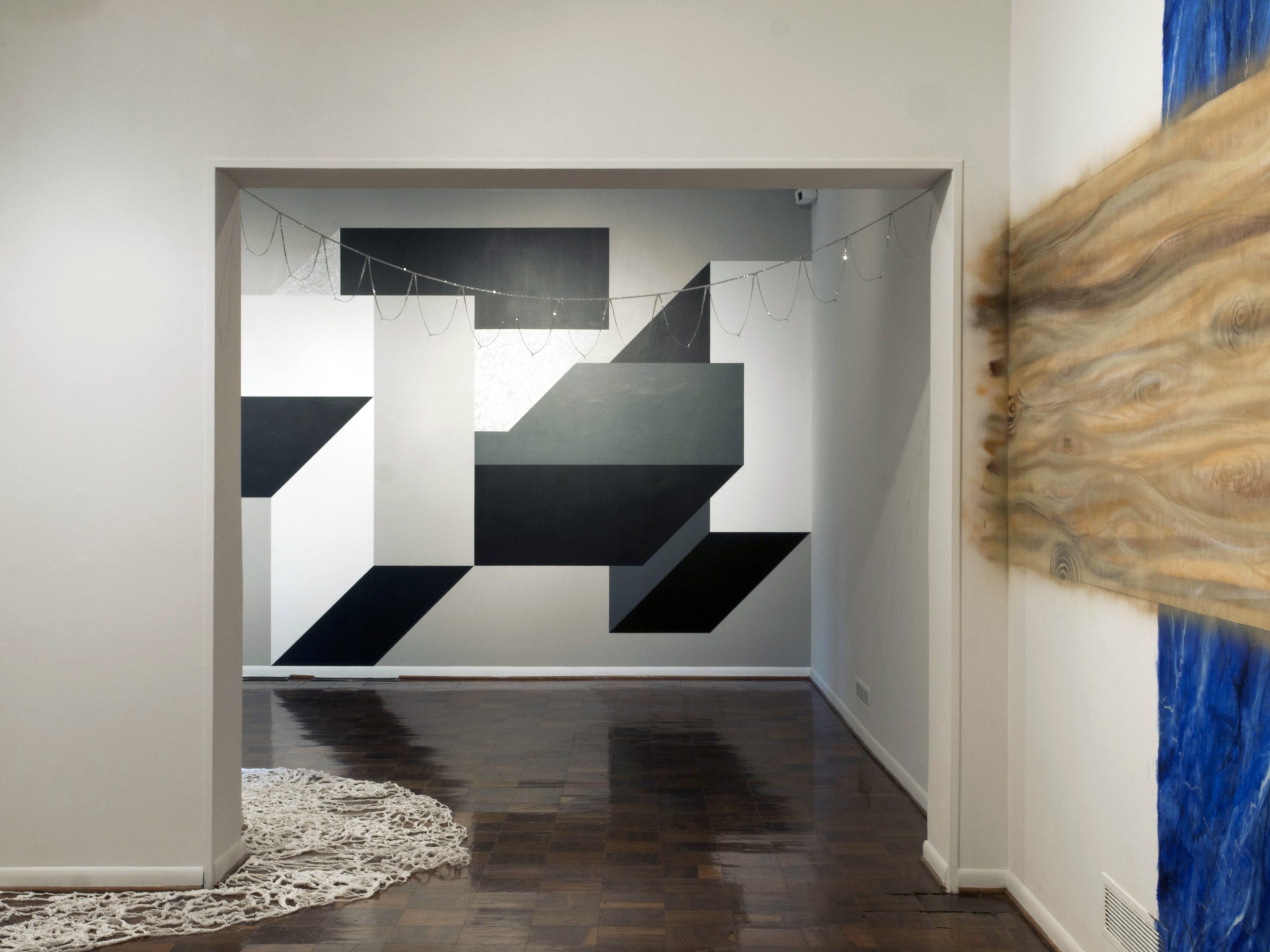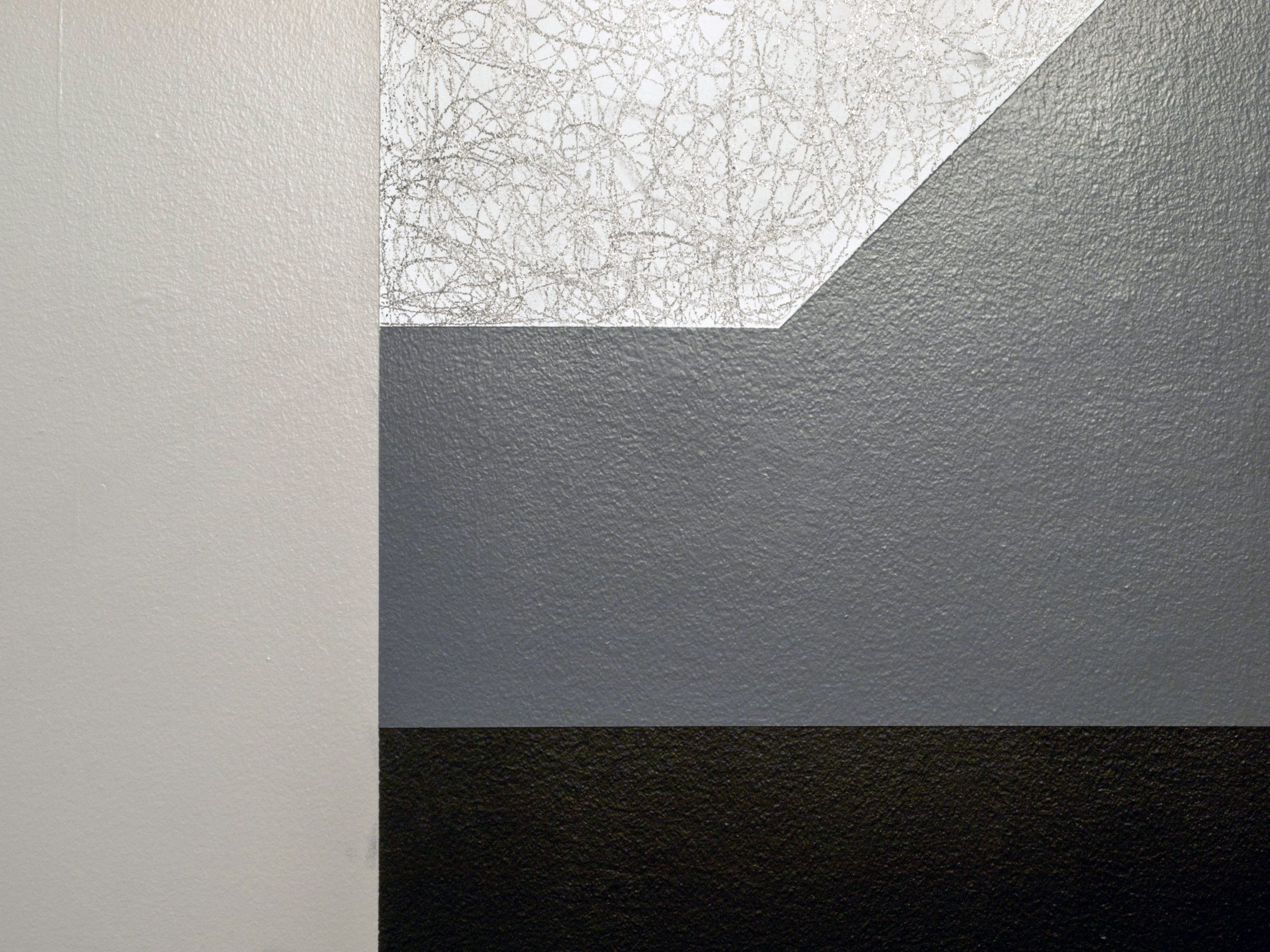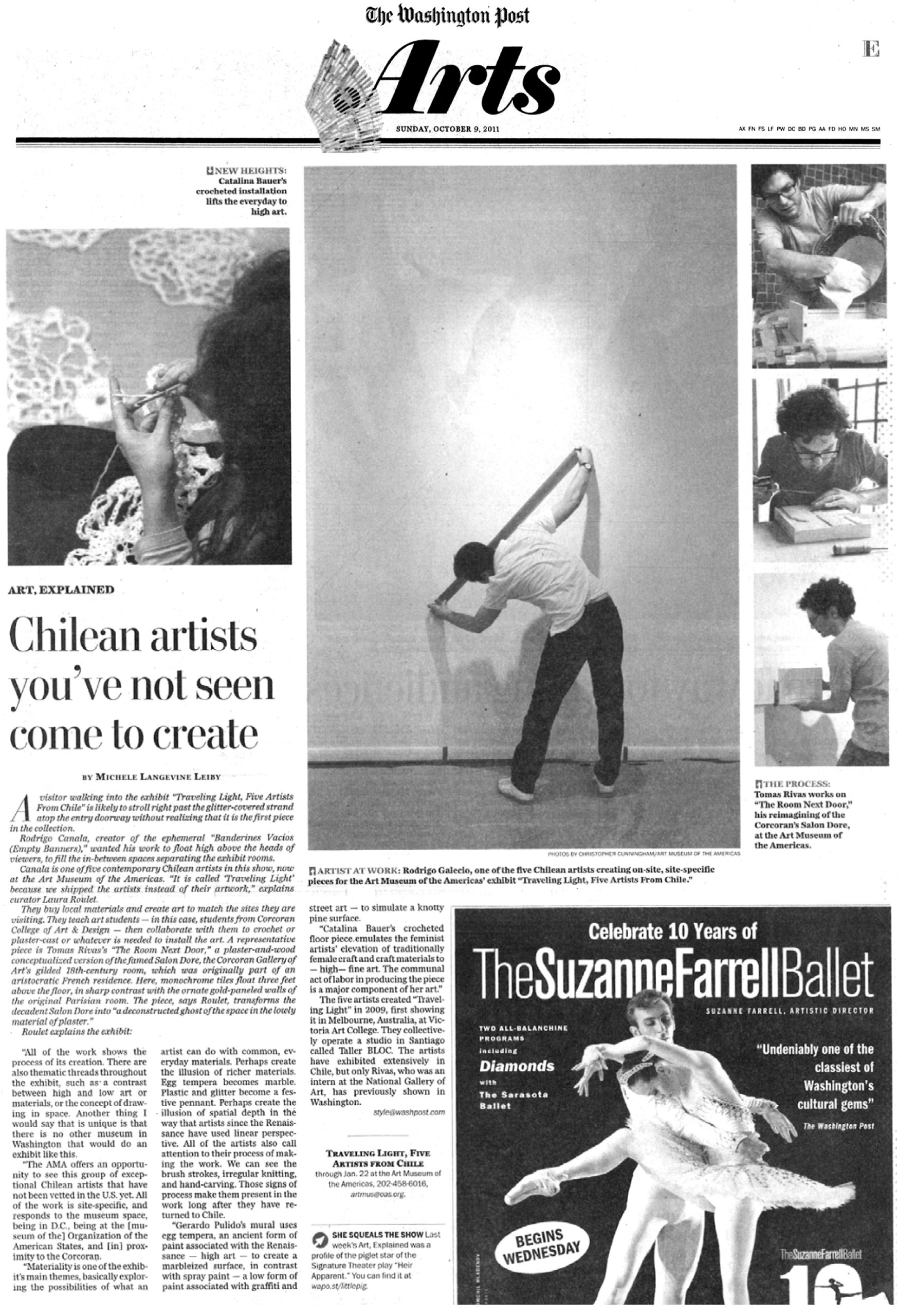Exposición colectiva de Catalina Bauer, Gerardo Pulido, Tomas Rivas, Rodrigo Canala y Rodrigo Galecio. AMA, Art Museum of the Americas, Washington DC.
Mural e intervención pictórica del sitio.
Travelling Light: five artists from Chile, fue una exposición colectiva realizada junto a los artistas Catalina Bauer, Rodrigo Canala, Gerardo Pulido y Tomas Rivas en el Museo de las Américas en Washington D.C. en 2011. La idea que motivó esta exposición colectiva se basó en que éramos un grupo de artistas que compartían el espacio de taller y, en esa convivencia, se producían diálogos e influencias recíprocas durante el proceso de producción de nuestras respectivas obras. De acuerdo con esa experiencia, se nos ocurrió desplazar la dinámica de taller a algún lugar que estuviese dispuesto a acoger la propuesta de convertir el espacio de exposición en un taller temporal en el que produjéramos in-situ la obra que se exhibiría. La idea era viajar y trabajar con materiales accesibles en el contexto de producción y, además, establecer lazos de cooperación práctica con estudiantes de alguna institución de enseñanza superior de las artes visuales que estuviesen dispuestos a asistirnos en el proceso de trabajo, lo cual, conseguimos con la Corcoran School of the Arts and Design. En términos generales, la exposición puede entenderse como un trabajo de site specific, al mismo tiempo, que se desarrollaron obras fuertemente vinculadas a la tradición de la pintura mural.
(English)
Travelling Light: five artists from Chile, was a group exhibition held together with the artists Catalina Bauer, Rodrigo Canala, Gerardo Pulido, and Tomas Rivasat the Museum of the Americas in Washington D.C. in 2011. The idea that motivated this collective exhibition was because we were a group of artists who shared the workshop space, and, in that coexistence, dialogues and reciprocal influences occurred during the production process of our respective works. So, in accordance with that experience, it occurred to us to move the workshop dynamics to some art space that was willing to accommodate the proposal of converting the exhibition place into a temporary workshop in which we would produce on-site the work that would be exhibited. Also, the idea was to travel and work with accessible materials, in the context of production and, in addition, establish ties of practical cooperation with students from some higher education institution of the visual arts, which we achieved with the Corcoran School of the Arts and Design. In general, the exhibition can be understood as a site-specific work, at the same time, some works were strongly linked to the tradition of mural painting.




